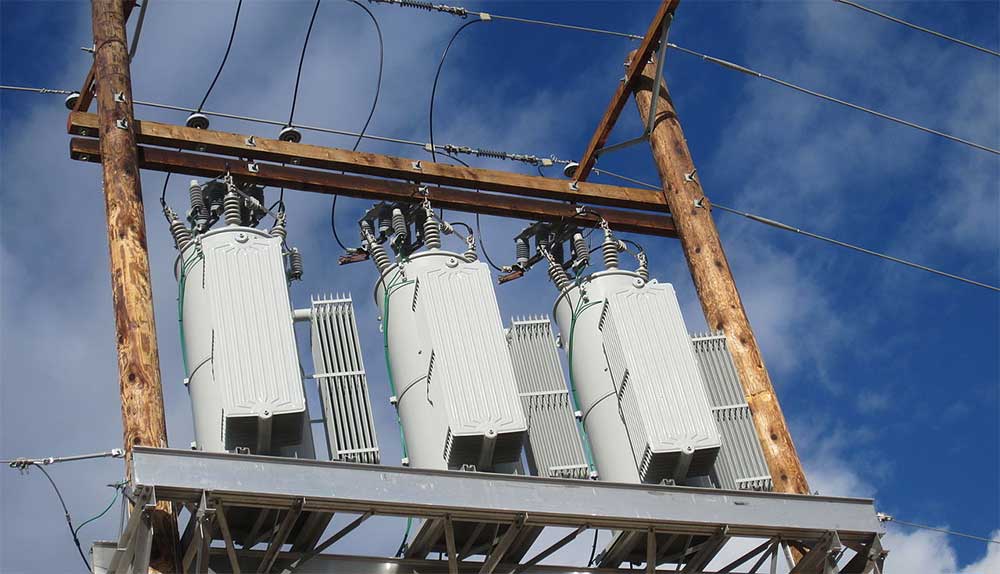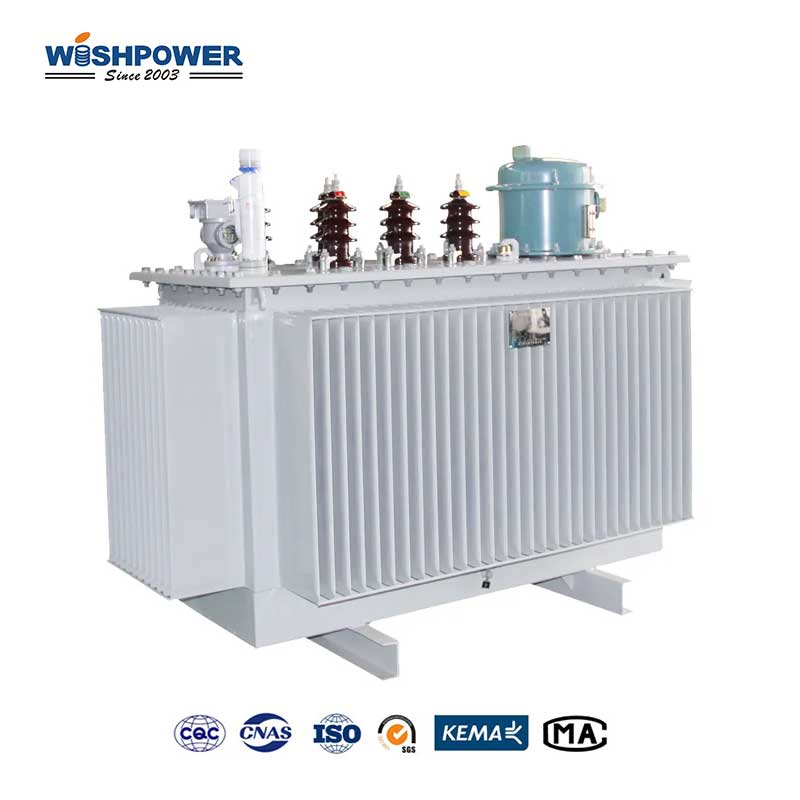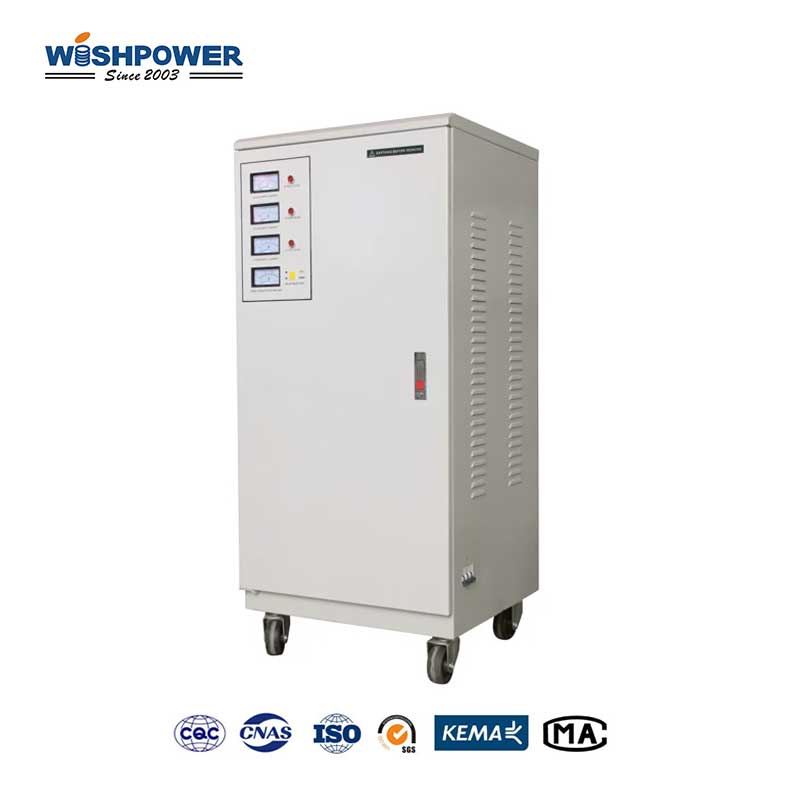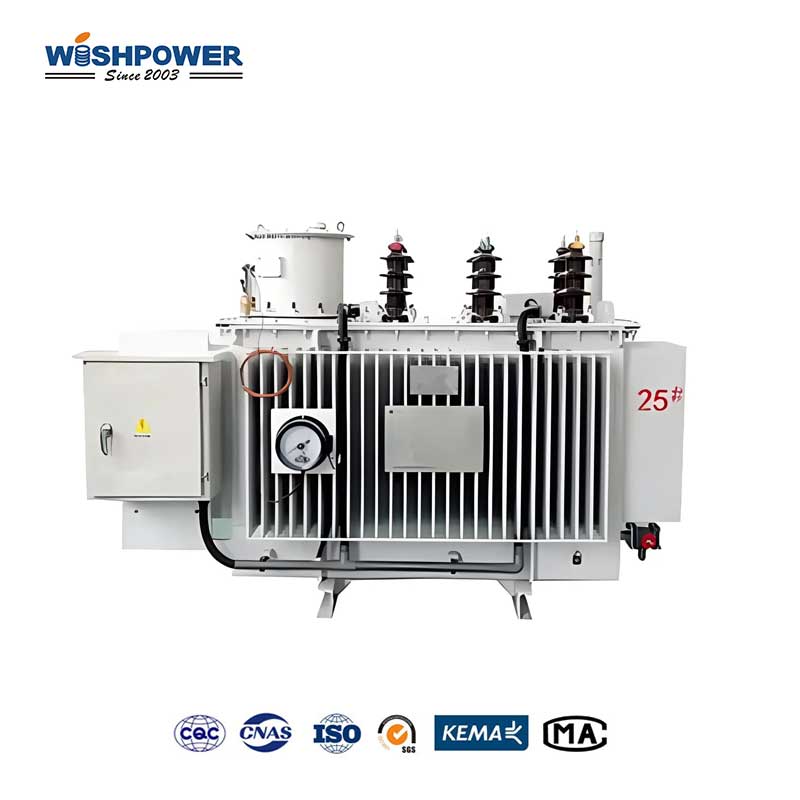The voltage regulator is a vital device in a variety of applications where sustained and continuous voltage supply is inevitable. Sometimes this can cause equipment malfunction, inefficiency, and in some cases permanent damage, but it also includes small-scale domestic efficiency and convenience. It is very important to know when to use a voltage regulator to ensure that the electrical system is working safely and efficiently in the case of residential, commercial, or industrial applications.

When to use a voltage regulator?
- Unstable power supply
Fluctuations in power are one of the most common reasons to use a voltage regulator. Many power grids, especially grids in small or remote areas, may have varying voltage levels because of long distances in transmission lines, changing supply demand, or unstable power generation such as renewable energy. Voltage regulators are used in these cases to make sure electrical equipment gets safe steady power, by regulating voltage output so output voltage is stabilized to the appropriate level.
- Sensitive equipment operation
However, some types of electronic equipment and machines are particular to voltage variations. Fluctuation as small as that can lead to performance errors or even damage. Medical devices, laboratory instruments, and many precision manufacturing tools require a steady, stable voltage to operate.
- High electrical load situations
In such high electrical load environments, in an industrial plant data center or a large commercial building, there can be a huge variation in the voltage levels due to the high power demands of heavy equipment or of a load of many systems running at the same time. These environments consist of voltage regulators making sure that all the machines get the correct voltage for optimum performance, reducing the risk of machine failure.
- Renewable Energy Systems Powered
Voltage regulation is becoming increasingly important as renewable energy sources such as solar and wind become more and more popular. The voltage stability can be caused by varied output levels of these energy sources due to changing weather conditions. Voltage regulators maintain acceptable output levels from renewable energy systems, enabling them to be more easily integrated into the existing power grid or themselves into everyday home and business life.
- Prevention from Overvoltage and Undervoltage
For a variety of reasons, there may be overvoltage and undervoltage conditions: because of equipment failure, grid issues, or electrical faults. These types of conditions are a severe threat to electrical systems and may lead to overheating, insulation breakdown, and fire. Voltage regulators are used in the prevention of such problems by maintaining the voltage levels within the required range and protecting the system and the devices plugged in.
- Electrical Systems Energy Efficiency
Voltage regulators can boost a system’s energy efficiency as well because they make certain that devices receive the proper voltage to function optimally. Too much energy can be consumed by overvoltage, whereas undervoltage can lower the performance of equipment and waste energy. Voltage regulators do this by maintaining the right voltage thereby helping optimize energy use and lower utility costs.
- Industrial Automation Systems
Voltage regulation is critical to the proper functionality of complex systems and machinery; therefore, it forms the basis of industrial automation. In industrial production plants such as automatic plants with various machines and control systems running together, voltage regulators are particularly important. The entire process can be disrupted by any voltage deviation which in turn leads to production delays and product defects.
- Telecom and IT Infra.
Outages of all communication services and data processing rely on reliable power due to telecommunications networks and IT infrastructure. Voltage regulators are a crucial safety measure that protects telecommunications equipment, servers, routers, and more from changing power conditions.
Conclusion
Across all home, industrial, or renewable energy systems, voltage regulators are so important. Protecting sensitive equipment, maintaining voltage stability, keeping total energy cost benefits down, and preventing damage from overvoltage or undervoltage, play a vital role. The use of a voltage regulator allows businesses and individuals to know when they should be using one so that they are safe, reliable, and efficient with their electrical systems. Voltage regulators could make useful contributors to solving some power problems, whether stabilizing voltage in rural areas or helping large data center equipment demand that needs its power supply stabilized.
If you have different opinions or want to know more, please leave a message on the website or contact us directly at info@wishpower.net

















